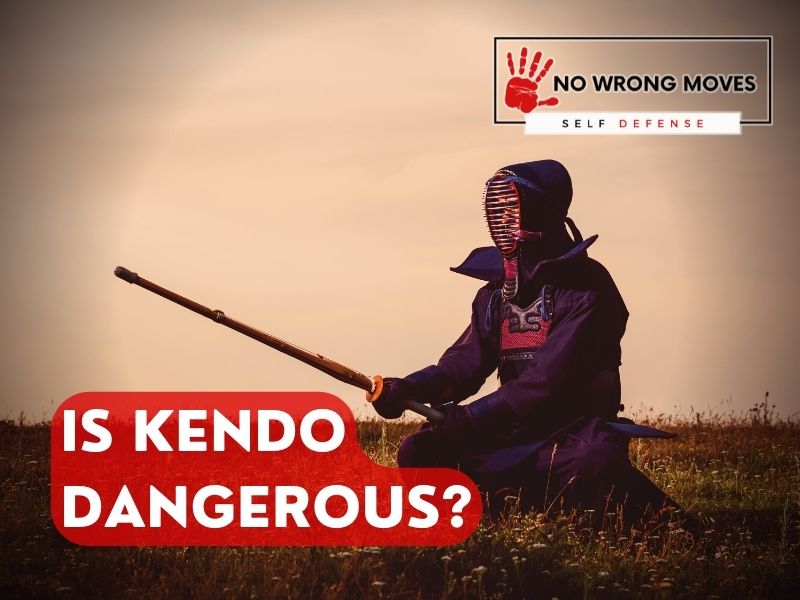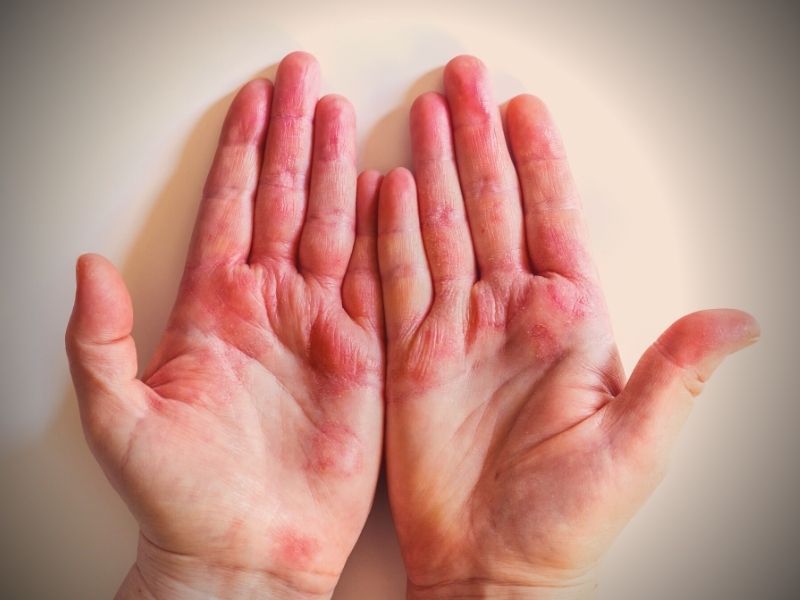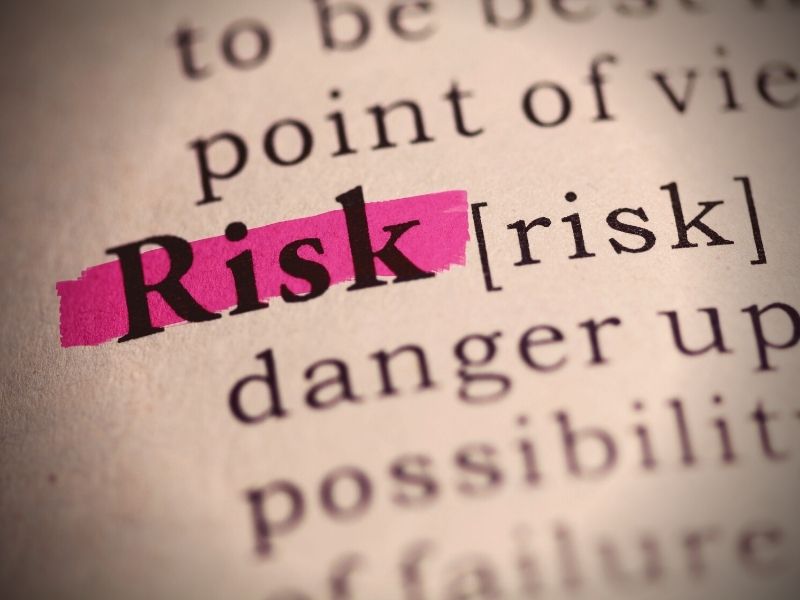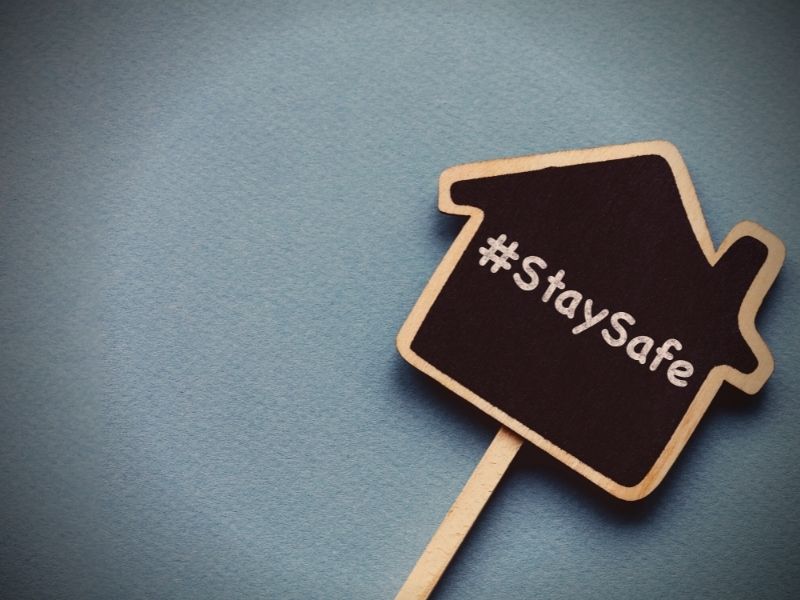
Looking to get into Kendo for self-defense? If you are, then you've made a great choice. It's an incredible martial art that's definitely worth looking into.
But if you're entirely new, then you're probably still wondering, "is Kendo dangerous?" And I get you, I totally do! And you'd be entirely reasonable for thinking this way, especially since safety should always be your top priority.
Tons of people ask themselves that question before actually getting started with the hobby, and it's entirely a sound question thing to be curious about in the first place. Thankfully for you, I've got all the facts you need right here in this article. Let's get into it!
Is Kendo Dangerous? The Risks Explained

Some of the dangers of Kendo include possible injuries to the head, neck, and face. Kendo armor protects most of the body well, but accidents can still definitely occur.
"But it's just a wooden sword!" You might think. Well, wooden swords can still strike hard, resulting in serious bruising, broken bones, or other serious injuries.
It's definitely extraordinarily unlikely to be very dangerous, but it's still serious enough that safety rules and proper training should always be observed while you're practicing.
As with any physical activity, there is always a risk of injury when participating in Kendo. But by following safety rules and working with a qualified instructor, you can help to keep yourself safe while enjoying this unique sport.
The Most Common Injuries Sustained In Kendo

Some of the most common injuries you can run into in Kendo are:
- Blisters: Practicing Kendo can cause blisters to form on your hands, mostly due to the repetitive striking of the shinai against the target.
- Bruises: There's a pretty decent chance you'll experience bruises on your arms, legs, and torso as a result of your Kendo practice. Don't worry, though; most are superficial, and they'll likely disappear within a few days.
- Lacerations: This is a pretty serious one. Lacerations are cuts that can occur from the use of the shinai, or bamboo sword, during practice. They're unlikely to be deep, but they can be. In severe cases, they may even require stitches to close.
- Shin splints: Shin splints can be caused while you're practicing Kendo, particularly if you're still relatively new to the sport and aren't quite used to the strenuous activity it involves yet.
Additional Risks Involved When Practicing Kendo

Kendo, like any other contact sport, poses the risk of contracting infectious diseases such as MRSA or hepatitis. They aren't at the very top of the list of things you'd normally worry about, but they're still there.
This kind of risk is mostly due to the shared mats and equipment that may come in contact with bodily fluids--sweat, saliva, blood in some rare cases, the likes.
Fortunately, practicing good hygiene and regularly cleaning and disinfecting equipment can drastically reduce the kinds of risks you're likely to run into, to the point that you likely won't even need to worry about them anymore.
You want a safe, healthy training environment, so be sure to pick a dojo that prioritizes cleanliness and sanitation. A reputable dojo will take the measures necessary to uphold cleanliness, even if it's as simple as providing accessible hand sanitizers and disinfectant wipes.
Of course, most go all the way, regularly washing and sanitizing mats and equipment, as well as enforcing strict rules on personal hygiene. That's the kind of dojo you should want, for the most part.
The likelihood of you contracting an infectious disease definitely isn't high, I know, but it's still worth it for you to be aware of these kinds of risks and to take precautions to protect yourself and others.
Prioritizing proper hygiene isn't too difficult, thankfully, nor is maintaining a good standard of cleanliness. If you uphold these, you'll be able to practice Kendo safely.
How To Stay Safe When Practicing Kendo

Like any physical activity, Kendo comes with inherent risks. Don't worry too much though, because proper training and supervision can drastically reduce the chances of any harm befalling you. As such, always be sure to follow guidelines when practicing this martial art.
And we're serious about that! Always follow the instructions set out by your instructor. They absolutely do know what's good for you, and they have the experience and knowledge necessary to teach you the proper techniques while minimizing the risk of injury.
In addition, make sure to wear the appropriate protective gear, such as a mouthguard and headgear. This will help protect you from any blows to the head or mouth, which can be particularly dangerous.
It's also important to listen to your body and not push through the pain of an injury. Ignoring it absolutely won't be good for you, and it can lead to further damage and lengthen your recovery time. So if you feel like something isn't quite right, take a break and assess the situation.
Maintaining good hygiene is another key aspect of staying safe while practicing Kendo. Be sure to disinfect your training equipment regularly, and avoid sharing your gear with others! Not only is that an excellent way to get an infectious disease, it's also just... well, really icky.
Next up, avoid risky behavior, like performing dangerous stunts or not treating your sparring partners with respect.
These actions won't just draw the ire of your instructor and your fellow practitioners, but they also absolutely can put you and your training partners at risk. They should be avoided at all costs.
And finally, before you actually start each session, be sure to warm up and stretch properly first. I know, I know, it's cliche, but it really is worth saying, especially to prepare your body for all that physical activity.
Kendo has the potential to be one of the most dangerous martial arts out there, as you can probably already imagine. Although injuries aren't actually very common, they have the potential to be very serious when they do occur.
So you really do want that extra bit of preparation, trust me! And, if you do sustain an injury, seek medical attention right away to make sure you get proper treatment and prevent further damage.
If you stick to these tips and prioritize your own safety, then you don't need to worry about too much. You'll be able to enjoy the many benefits of Kendo, all the while without putting yourself at any unnecessary risk.
The Wrap-Up
Well, there you have it! Kendo, like any physical activity, comes with its fair share of risks, but they can be minimized by following proper safety precautions and hygiene practices.
Injuries and infectious diseases are potential dangers, yes, but they absolutely shouldn't deter you from practicing this incredible martial art.
So for those of you interested in exploring the world of Kendo, don't be afraid to take that first step. You'll be glad you embarked on this journey of self-discovery and growth.
[author-box-jpx-fitness]
